Cultured Pearls: An Overview
Cultured pearls are the epitome of sustainable luxury, offering a blend of human ingenuity and nature's beauty. Unlike their natural counterparts, cultured pearls are created with human intervention, where a nucleus is carefully implanted into a mollusk, prompting the formation of a pearl. This process takes place in both freshwater and marine environments, leading to a variety of pearls including cultured freshwater pearls and akoya pearls, known for their luster and roundness.
Types and Features of Cultured Pearls
The world of cultured pearls is diverse, with each type boasting unique characteristics. Farmed pearls, for instance, are often cultivated in freshwater lakes and rivers, yielding a wide array of shapes and colors. On the other end of the spectrum, akoya pearl necklace pieces are renowned for their perfectly round shape and mirror-like sheen, typically sourced from saltwater farms in Japan, often referred to as japanese pearls mikimoto. Mabe pearls, also known as blister pearls, are cultivated on the inside shells of mollusks, creating a semi-spherical pearl popular in earrings and rings.
Applications and Versatility
The application of cultured pearls is vast, ranging from the classic mikimoto pearl necklace to the modern freshwater cultured pearl bracelet. Designers often favor cultivated pearls for their versatility, incorporating them into various jewelry pieces such as freshwater cultured pearl earrings and sophisticated brooches. The adaptability of cultured pearls allows them to be centerpieces in jewelry or subtle accents to fabric and clothing designs.
Material and Craftsmanship
Cultured pearls are treasured for their complex creation process, which requires precise conditions and expert attention. The material of the pearl itself is composed of nacre, the same substance that gives mother-of-pearl its iridescence. The quality of a pearl is determined by the nacre's thickness, the evenness of its layering, and the absence of surface flaws. The craftsmanship involved in harvesting and preparing pearls for the market is meticulous, ensuring that each cultured white pearl or colored variant meets the standards of the industry.
Advantages of Cultured Pearls
Cultured pearls provide an accessible alternative to natural pearls, which are rare and often prohibitively expensive. They democratize the elegance associated with pearls, making the luxury of a pearl mikimoto necklace or a simple yet elegant freshwater cultured pearl necklace more attainable. Moreover, the controlled environment of pearl farming allows for a more predictable and consistent pearl quality, size, and output, which is beneficial for both producers and consumers.
Choosing the Right Cultured Pearls
Selecting the right cultured pearls involves understanding their origin, type, and quality. While the cost of real pearl necklace or the price of real pearl necklace can vary, the value is often reflected in the pearl's luster, color, size, and symmetry. Whether seeking a statement piece or a subtle accessory, the vast selection available on Alibaba.com caters to all preferences, without the need to mention the pearl necklace real price, ensuring a focus on the pearls' intrinsic value.










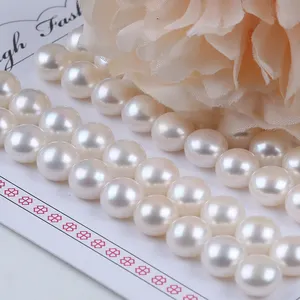

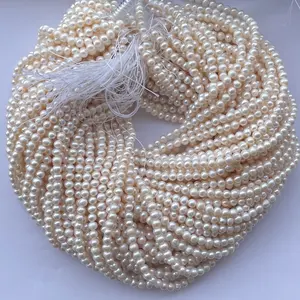




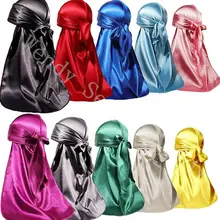
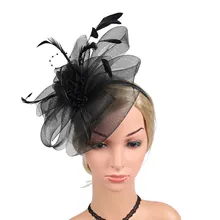



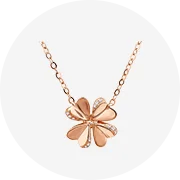
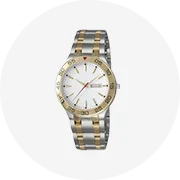












 浙公网安备 33010002000092号
浙公网安备 33010002000092号 浙B2-20120091-4
浙B2-20120091-4